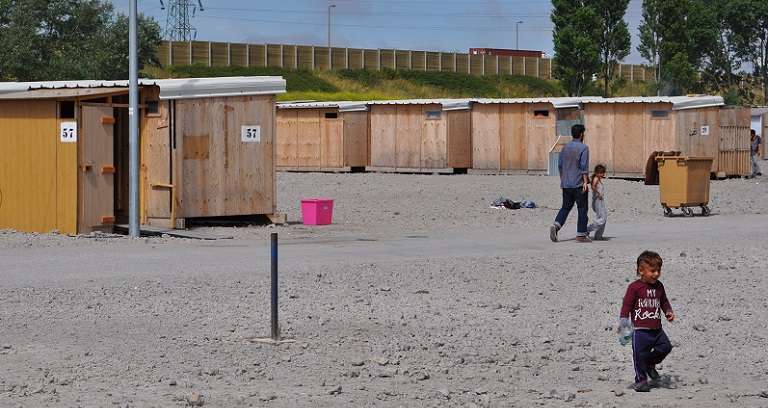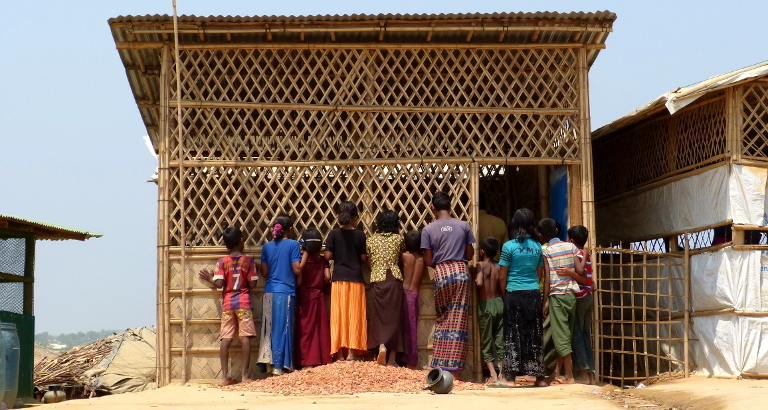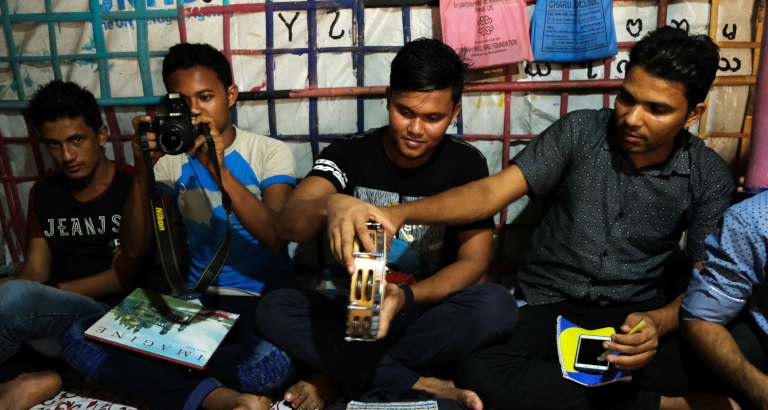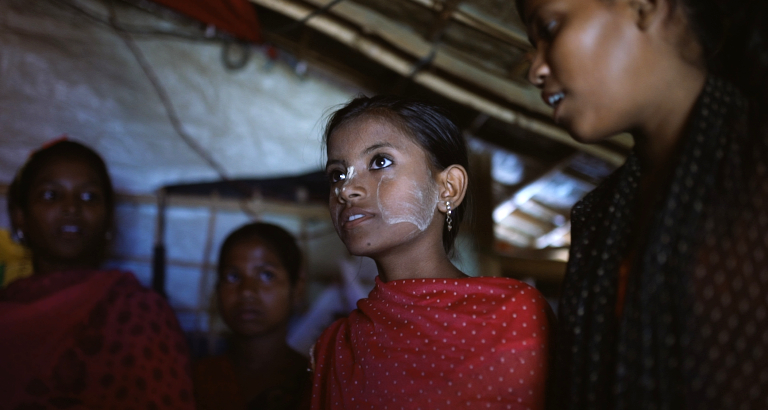
The district of Cox’s Bazaar in Bangladesh saw the arrival of nearly one million Rohingya refugees in 2017, a Muslim minority discriminated against in Myanmar for many decades. The majority of these refugees are concentrated today in the Kutupalong camp, a town with its wooden and bamboo shelters, where the literacy rate barely reaches 40%.
In February 2019, Libraries Without Borders, in collaboration with its partners, will install ten KoomBooks and five Ideas Boxes in the district of Cox’s Bazaar: four in the Rohingya refugee camps, and another near the host communities in the surrounding areas. Waiting for their arrival, our team set up workshops for Rohingya adolescents more than one month ago. Gaëlle Riboulet, a cultural mediator in Bangladesh, told us about two of them.
In Myanmar, their villages were set on fire and razed to the ground. In Bangladesh, the government proposed temporary solutions to accommodate them. Far from the main road of the Kutupalong ‘mega camp,’ 20,000 Rohingya refugees have resided in camp 20 for the past six months.
“This ‘relocation’ camp welcomes mostly families, sometimes separated from their loved ones, who have been relocated because of the risk zones in the surrounding camps—from floods to landslides. Before they arrived, it had been converted for the occasion: one could find basic necessities there. These were meant to be developed to offer them better living conditions,” Gaëlle explained.
Rohingya children—who for the most part don’t have the right to go to school in Myanmar—have the chance to participate in informal educational activities a few hours a day until the age of 13. Due to lack of space, more than half of them, however, do not have access to it.
Unable to go to school and with only a few places to go and play, the adolescents get bored. For this reason, workshops were facilitated in the children’s centers at the camps more than a month ago, about access to information and individual and collective expression.
“Few places are available for young people between the ages of 14 and 20. One of the workshops concerns adolescent boys. We shape them with future tools of the Ideas Box, like the use of cameras and video cameras, to go find information in their camp and create an interactive map of different services, so that they can take ownership of their new space. The information is regrouped on an interactive map and then shared with the community.
Starting with their needs, we defined five sectors of research: water (where to find potable water? where are there different water sources?), education (where can one learn? in what language and why?), food, toilets, and finally, mosques.”



